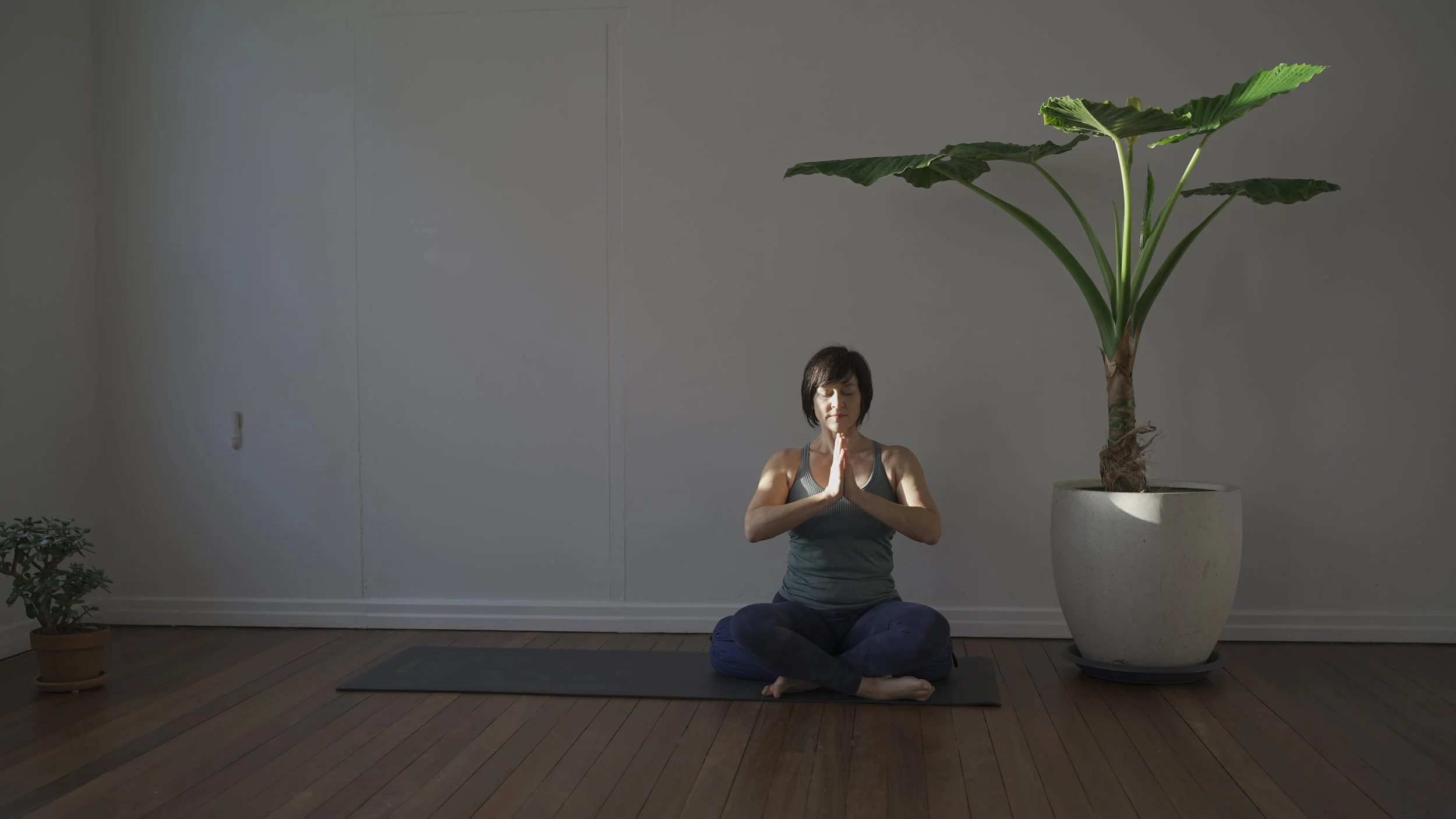3 Steps to Reduce Workplace Stress with Mindfulness
Techniques to bring MIndfulness into your day
Simple, powerful ways to shift your response and protect your wellbeing
Workplace stress is real — and it’s growing. Whether it's mounting deadlines, poor communication, long hours, or simply a faulty printer, stress can build quickly if left unchecked.
The good news? Mindfulness offers a powerful, practical way to shift how you respond — helping you stay centred, calm, and focused no matter what the day throws at you.
These three simple steps will help you bring more awareness to your workday, reduce stress, and improve your workplace relationships — all without needing to change jobs or escape to a tropical island.
Why Mindfulness Matters at Work
A little stress can be useful — it can help us meet deadlines or push through a big project. But when stress becomes constant, it starts to take a toll on both body and mind. Long-term stress has been linked to high blood pressure, anxiety, depression, heart disease, and burnout.
Common signs of stress include:
Trouble sleeping
Headaches
Digestive issues
Difficulty focusing
Short temper
Feeling constantly overwhelmed or dissatisfied
The key is not to eliminate stress entirely — that’s not realistic. Instead, we aim to change how we relate to it. By recognising our triggers and staying mindful in the moment, we can interrupt the stress cycle before it builds.
Step 1: Catch the Trigger Before It Escalates
The first step is to notice stress as it starts — in real time. This takes practice, but it’s incredibly effective.
You might usually push your emotions aside in the name of productivity. Or you may feel like you’re always on edge, ready to snap at the smallest thing.
Start by simply observing your reaction. Is it a person, situation, or even a tone of voice that sparks a stress response?
- Ask yourself: “What exactly is making me feel this way — and where do I feel it in my body?”
Just noticing the trigger allows you to step back and choose your next response, rather than reacting out of habit.
Step 2: Respond with Empathy and Awareness
Once you’ve noticed the trigger, take a mindful pause.
Ask yourself: “What’s really happening here?”
Is the colleague who snapped at you overwhelmed? Is your frustration with the printer really about something deeper — like feeling unsupported or rushed?
Empathy doesn’t excuse poor behaviour, but it does help depersonalise the stress and respond with clarity instead of reactivity. Mindful communication — where you listen, stay calm, and speak honestly — is one of the most powerful tools you can use in any workplace.
Step 3: Take Action — or Let It Go
Now that you’re grounded and more aware, consider your next step.
Do you need to have a conversation?
Can you offer a solution or suggest support?
Or... can you simply let it go?
Sometimes the best course of action is no action — just observing, breathing, and releasing the story we’ve attached to the moment.
Mindfulness gives you space to decide what’s really necessary, and what’s just a fleeting reaction.
Try This: A 5-Minute Mindfulness Reset
Take a few minutes during the day to pause, reset, and breathe. You can do this on a park bench, in a meeting room, or even at your desk.
1. Close your eyes and scan your body
Where do you feel tension — jaw, shoulders, stomach, chest? Just notice.
2. Observe without judgment
Don’t tell yourself a story about what happened. Don’t label or blame. Just notice the feeling and where it lives in your body.
3. Focus on your breath
Inhale deeply through your nose, and exhale slowly. Imagine breathing into the area holding tension.
4. Use a calming mantra
With each breath, try repeating:
🧘 “I release tension”
🧘 “I let go”
🧘 “I am calm and capable”
🧘 “I am successful in my work”
5. After a few minutes, reassess
You may now feel ready to address the issue calmly — or realise it no longer needs your energy.
The Takeaway
Stress is inevitable — but how we handle it makes all the difference.
By becoming more mindful of your triggers and learning how to pause before reacting, you’ll not only feel better — you’ll also create a ripple effect of calm and clarity in your team and workplace.

